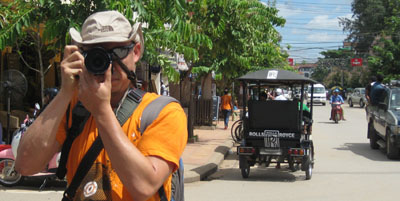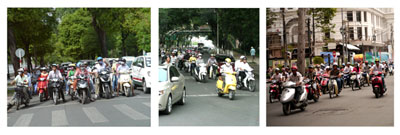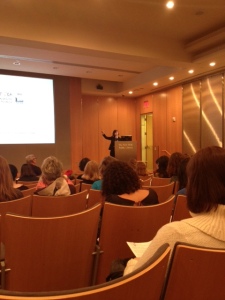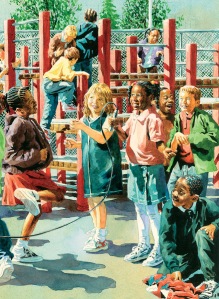Jaclyn DeForge, our Resident Literacy Expert, began her career teaching first and second grade in the South Bronx, and went on to become a literacy coach and earn her Masters of Science in Teaching. In her column she offers teaching and literacy tips for educators.
Over the next several weeks, I’ll be modeling how to do a close reading at several different grade levels. First up: Close Reading in Kindergarten using the D level text Bedtime Fun by Barbara J. Newkirk and illustrated by Laura Freeman.
In terms of student questioning, start general and move up Bloom’s Taxonomy by gradually increasing the rigor. For example, say you want to focus your close reading of Bedtime Fun on character development. Here are the questions I would ask:
Question 1 (Knowledge): Who is the main character in the story? Who is the story mostly about? Who are the other characters in the story? How do you know?
 Question 2 (Comprehension): What was the big thing that the entire story was about? How do you know?
Question 2 (Comprehension): What was the big thing that the entire story was about? How do you know?










